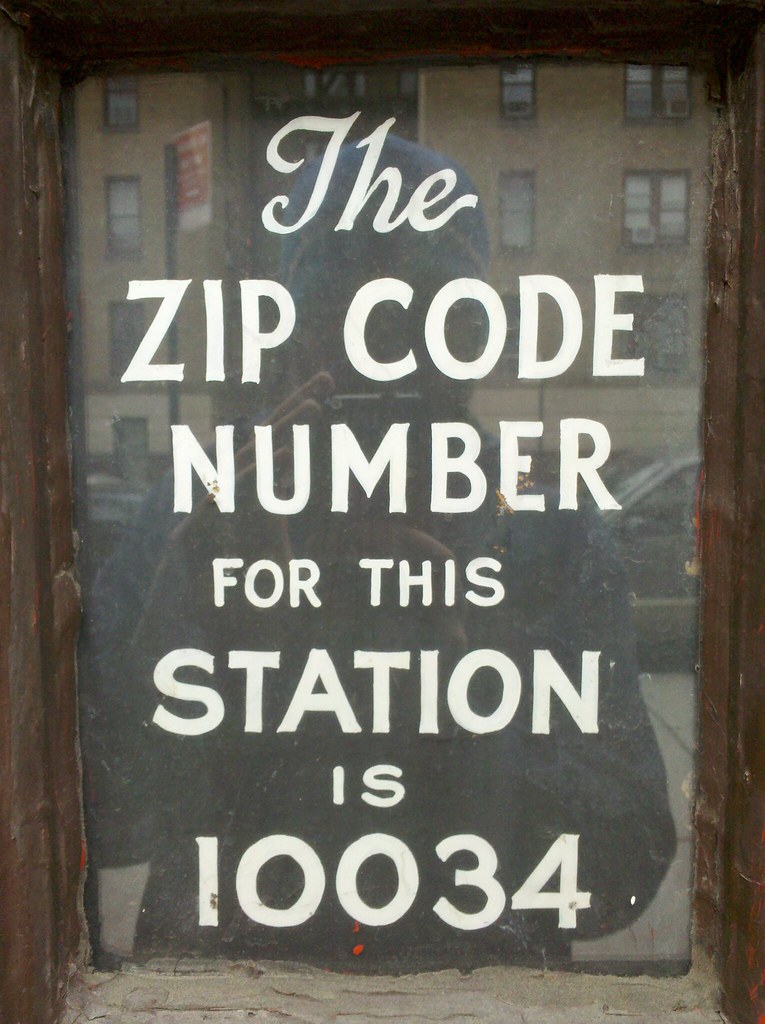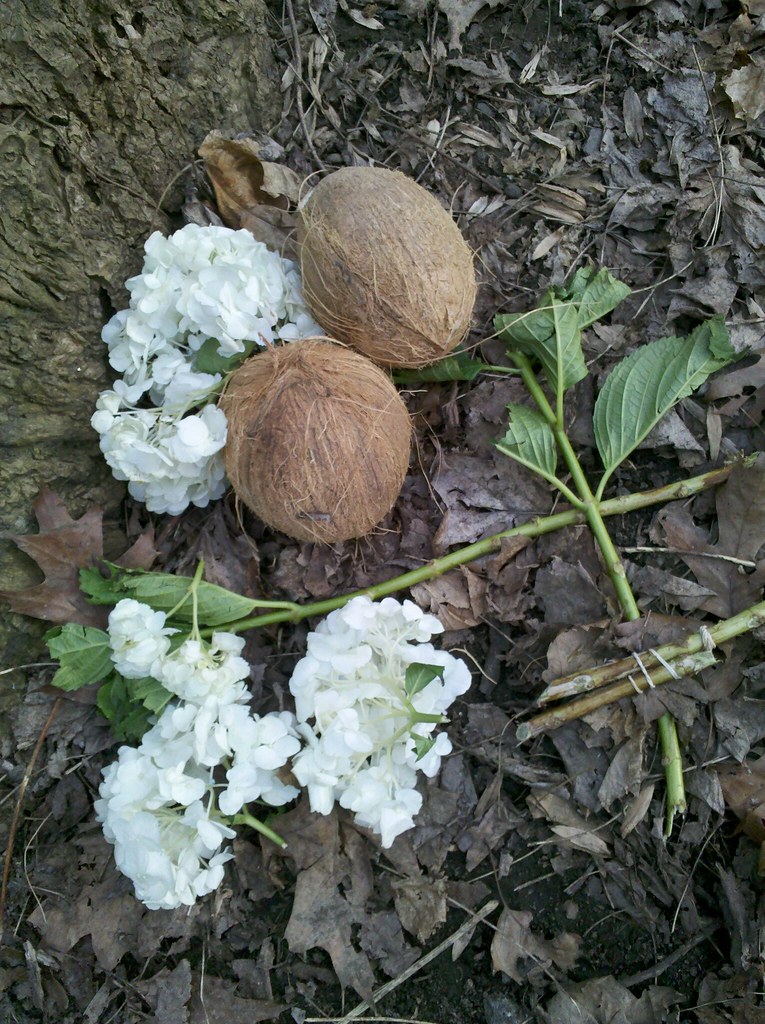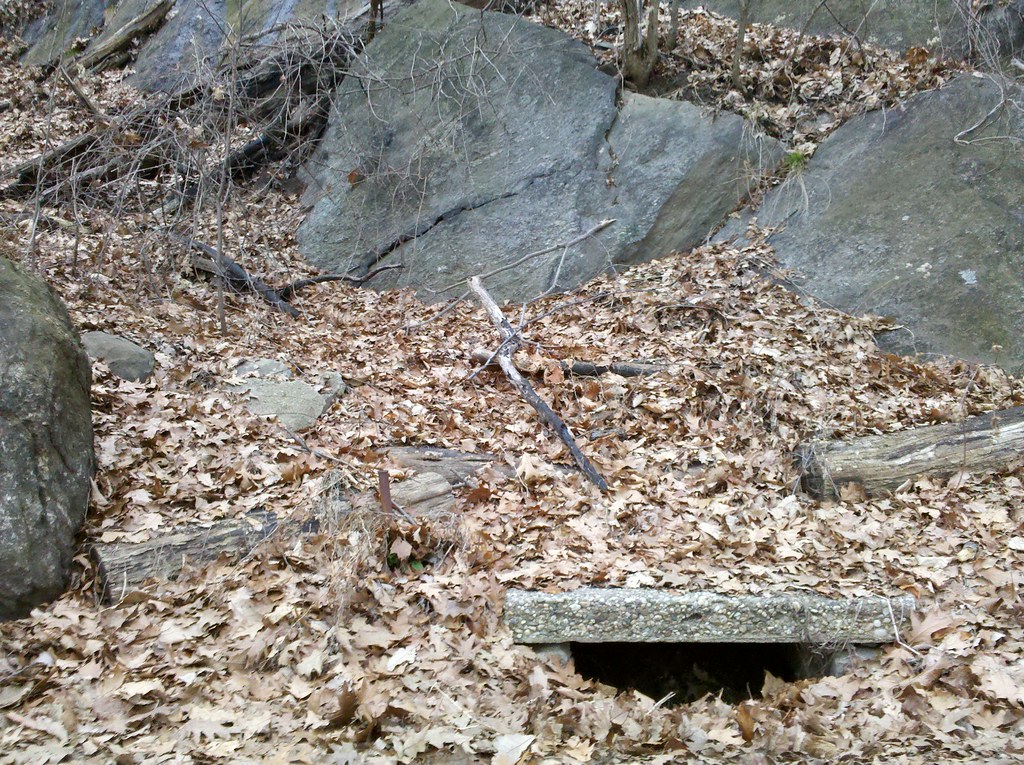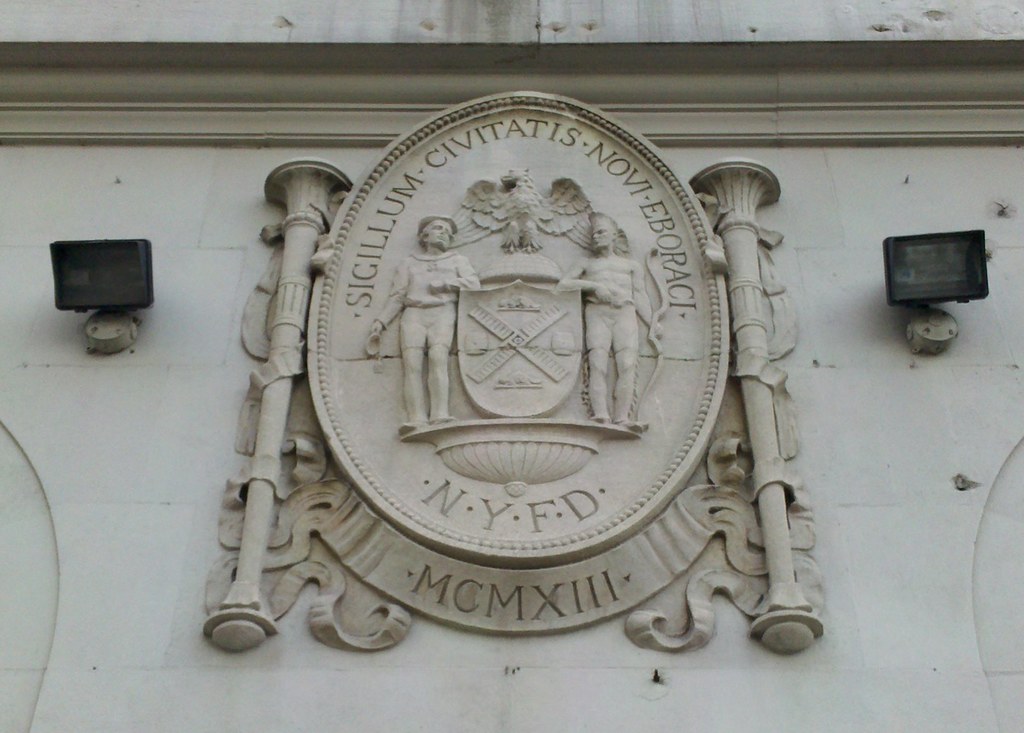
This city seal predates 1915, when a uniform standard was created. It's quite unusual to see the fire department referred to as NYFD instead of FDNY; perhaps that was a more common abbreviation in the days of yore.
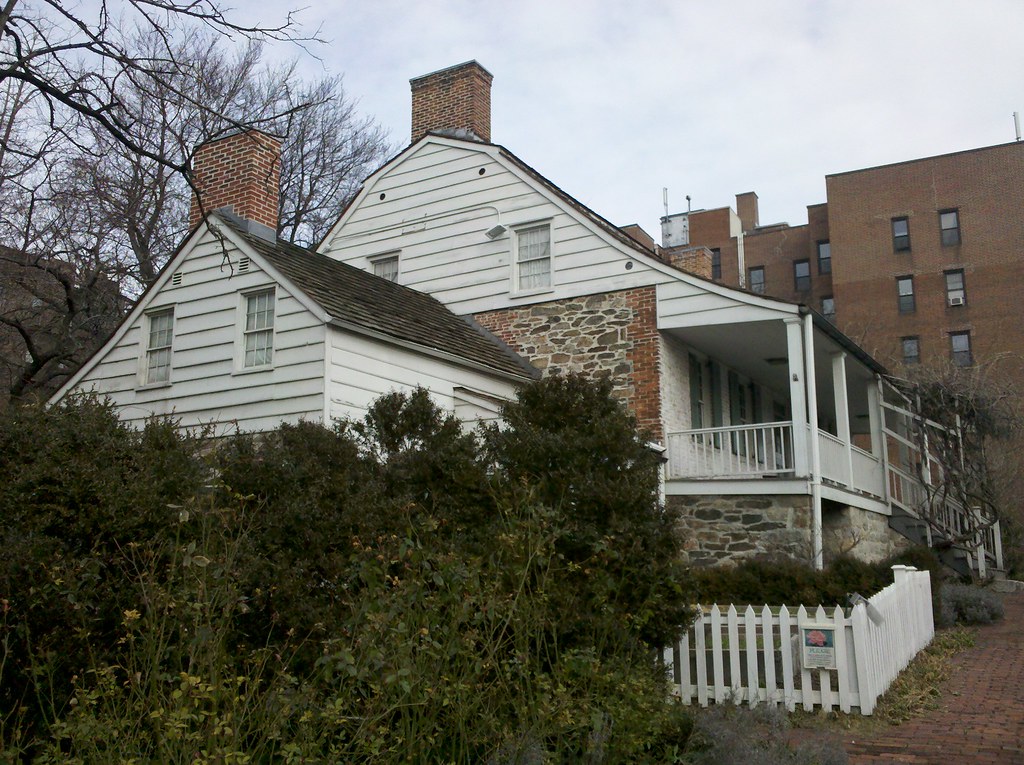
The Dyckman family had acquired around 250 acres of farmland here in northern Manhattan by the time of the Revolutionary War. They fled Manhattan when the British forces captured and occupied it in late 1776, and they didn't return until it was back in American hands after the end of the war in 1783. The British had destroyed their home during the war, so the Dyckmans built this farmhouse to take its place.

About a quarter of the British fighting forces in the Revolution were actually German soldiers hired out, often against their will, by their princes. Almost half of these 30,000 troops hailed from the principality of Hesse-Kassel, and so the lot of them became known as Hessians. In 1914, a local amateur archaeologist by the name of Reginald Pelham Bolton discovered a Hessian encampment that had been built on the Dyckman farm during the war. He reconstructed this hut, which would have housed six to eight Hessians, on the grounds of the Dyckman Farmhouse, which was just being restored at that time.
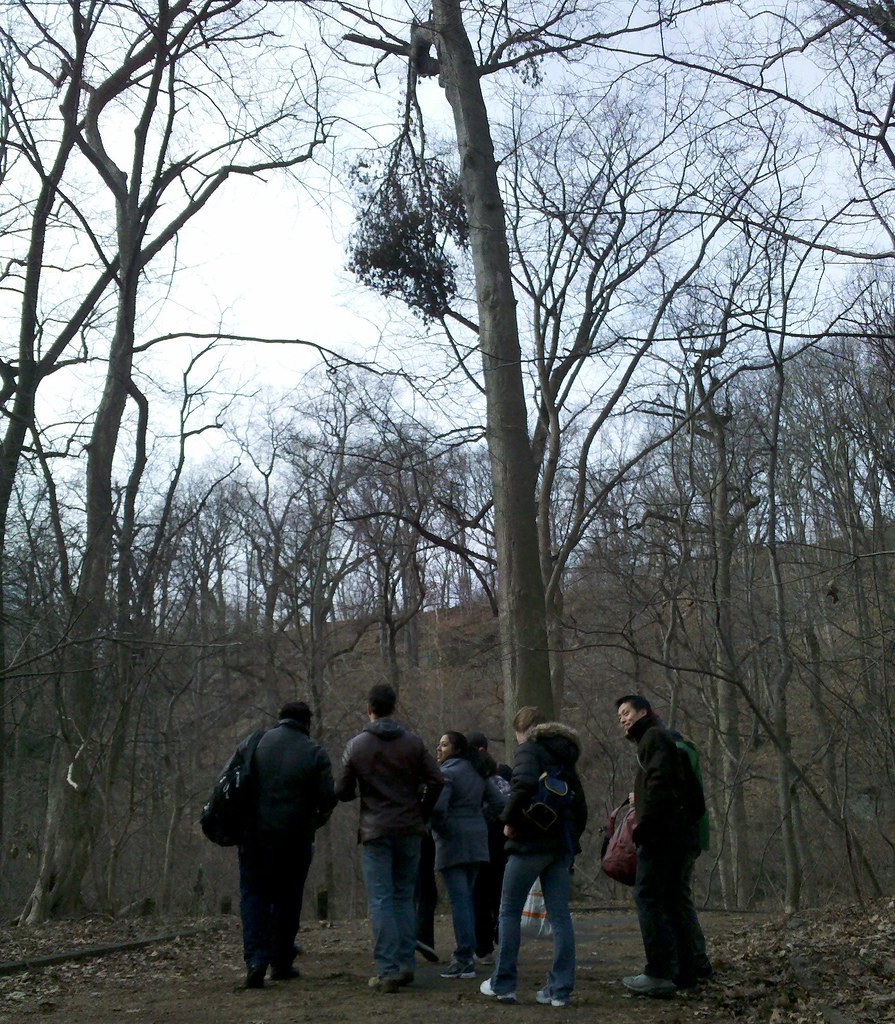
While wandering through Inwood Hill Park today, I came upon a group of people gazing up at a tree. It turns out they were looking at a Great Horned Owl, hidden amongst the leaves of the dead branch hanging down from the tree in the center of the photo. After a sufficient amount of intent staring, I was finally able to see it. (It's in this photo, but it's completely indistinguishable.)
I hung around for a little after everyone else took off, and then started on my way again. A couple of minutes later, I ran into two older Korean men who had heard about the owl and were wondering exactly where it was, so I took them over to the tree and pointed it out to them. One of the men was wearing a fedora and a bright turquoise scarf, which reminded me of something I had seen before...
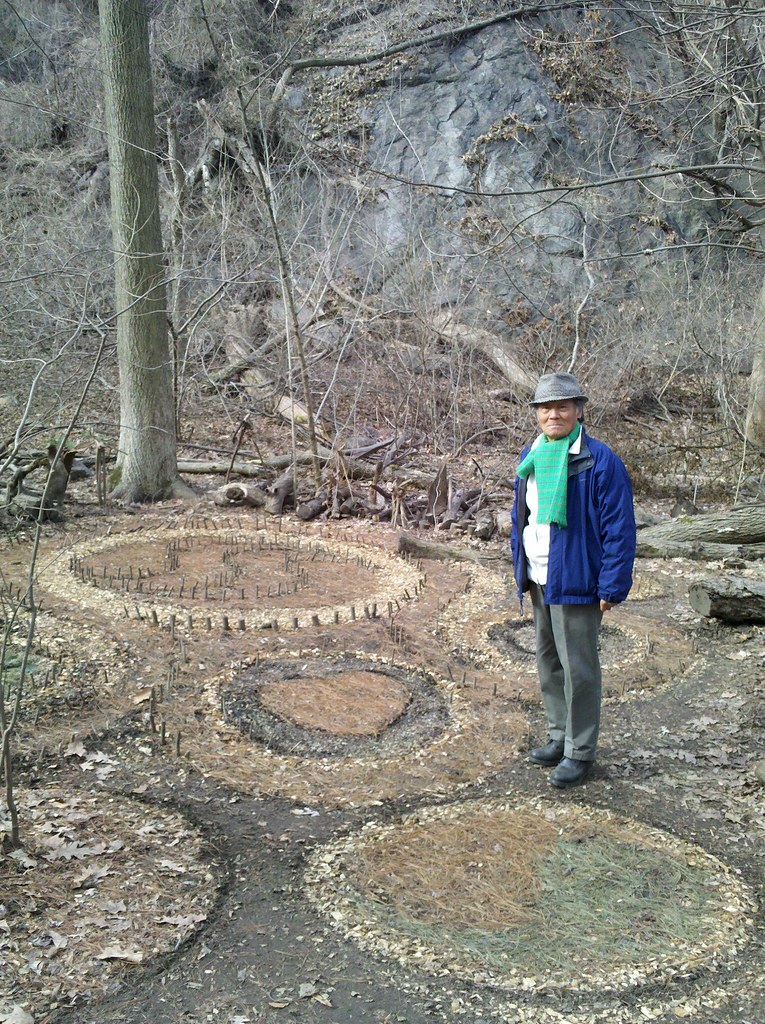
On a previous walk through Inwood Hill Park, I found some mysterious circles carved into the soil. They contained patterns of different shapes and textures and colors, and were made entirely with materials from the surrounding forest. They were very thoughtfully constructed, and had clearly required a lot of time and effort. A guy (who happened to be Phil Roy) came by walking his dog, and I asked him if he knew what these circles were. He told me all about an older Korean guy, named Young, who comes out to the park every day and works on them. When I got home I searched the internet for information about Young, and stumbled upon an incredible video of him calling a woodpecker and then feeding it in his hand. I was completely transfixed, not just by the beautiful bird, but by something in Young's demeanor, and I watched the video several times.
Ten months later, when I ran into two older Korean gentlemen on a trail in Inwood Hill Park, and I saw a familiar-looking face and hat and scarf, something clicked...

Young gave me a tour of his creations, which number about three times what you see in this picture and the previous one. This piece represents the endless cycle of water flowing to the sea, evaporating, and returning to the earth as rain.
Young retired in 2007, and ever since then he's been coming to the park every day — rain or shine, summer or winter — to work on his "garden" (my term, not his) and spend time walking in the woods. He says he can feel a tremendous power coming from the earth when he is forming these shapes and patterns. To my eye, they are beautiful works of art, but I think to Young they are much more spiritual in nature.
Inwood Hill Park contains the last real forest in Manhattan. The towering trees, rock outcroppings, and isolating topography make it the only place on the island where you can really get a sense of what things were like before the arrival of the Europeans. It's an extraordinary enclave of rooted history in a city that's constantly in flux. Could Young's work exist anywhere else?
The vulnerability of these pieces to the weather and other natural processes is integral to their power, and it also means Young has an ever-changing canvas on which to work. If you're ever in the area, just head down into the valley between the two ridges in the park. Keep walking along the main north-south trail, and you'll find the garden soon enough.
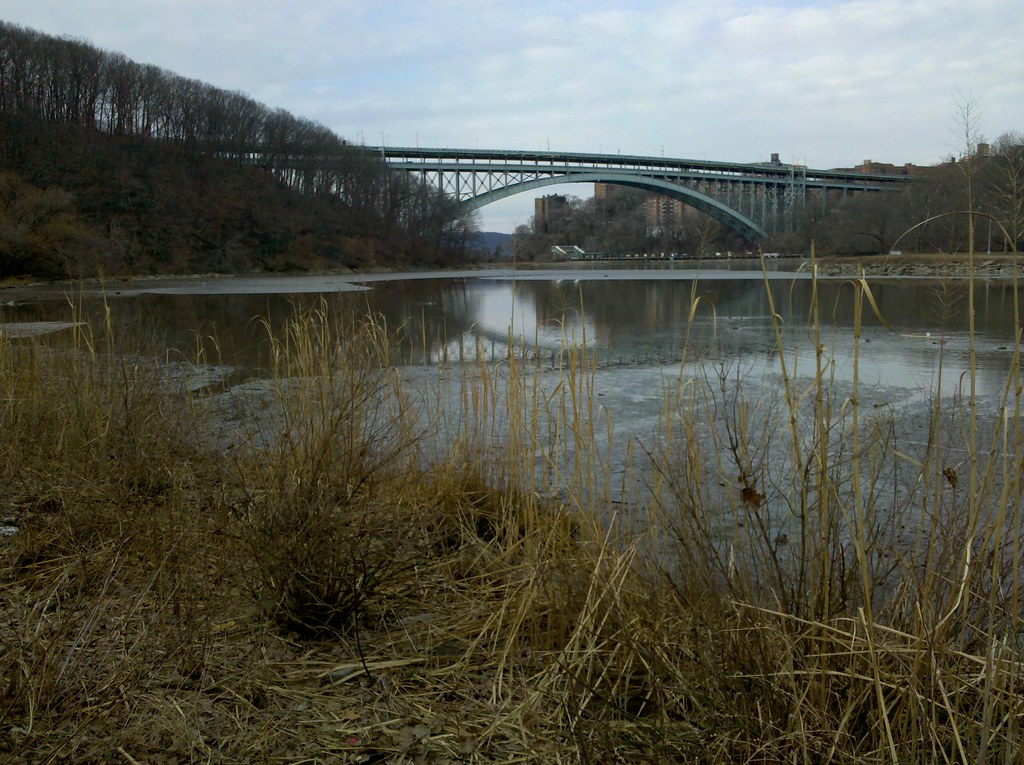
Inwood Hill Park contains some of the last remnants of the salt marshes that once surrounded Manhattan.

To the right you can see the Inwood Hill Nature Center, originally built as a boathouse.

Replica of a Lenape wigwam at the Inwood Hill Nature Center

This bridge, completed in 1936 (here's a great shot of it under construction), always takes my breath away, although it's a shame that the Henry Hudson Parkway, which passes over the bridge, runs along the western edge of Inwood Hill Park through the only substantial forest left in Manhattan. Robert Caro, in his biography of Robert Moses, talks about the decision-making process behind the location of the roadway. The original proposed alignment of the parkway was east of Inwood Hill Park, and this design was favored by many urban planners, but Moses decided to build it through the park instead, because that would enable him to take advantage of free labor from the Civil Works Administration under the premise that he was building a "park access road", and it would also save the city the expense of condemning buildings needed for the parkway's right-of-way.

Originally painted by Columbia University's crew team sometime in the 50s, the C has a bit of mystery surrounding it.
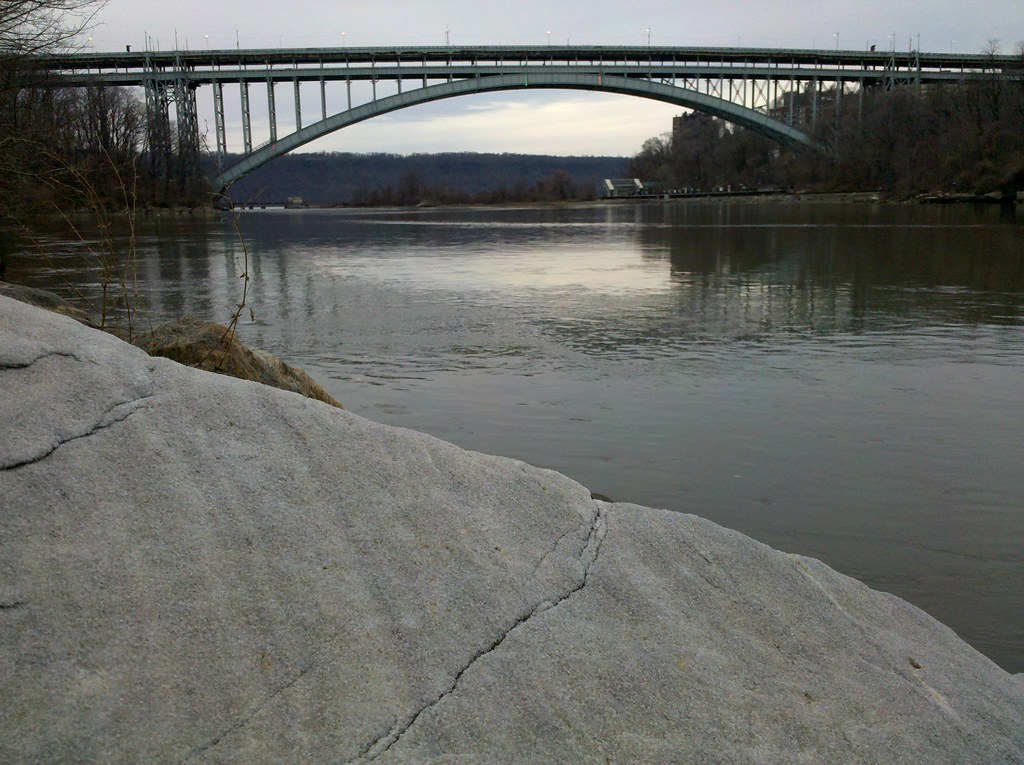
Inwood marble is much softer than the other types of Manhattan bedrock, and so it erodes much more easily. There were once veins of marble surrounding Manhattan, connecting it to the adjacent landmasses. As the marble washed away, it created the channels that eventually eroded into the waterways now encircling Manhattan: the Hudson, East, and Harlem Rivers.
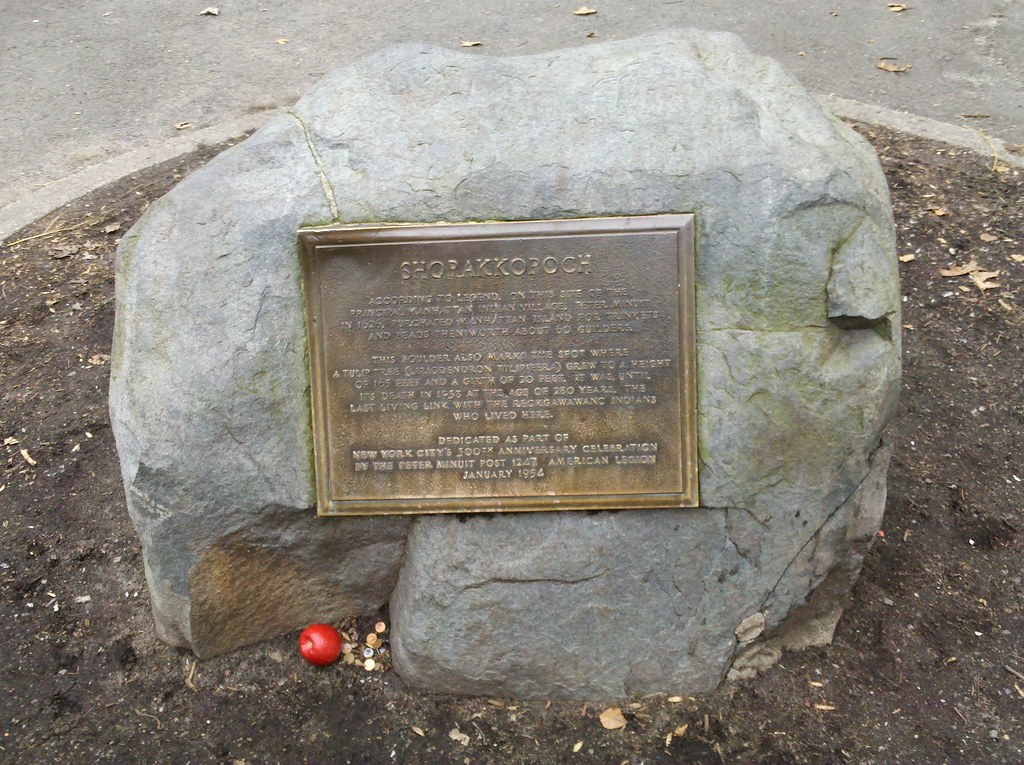
This is, by some apocryphal accounts, the spot where Peter Minuit purchased Manhattan from the Lenape tribe. The popular imagination has him swindling these poor Indians out of their ancestral homeland for a mere handful of trinkets and beads (perhaps that's what the apple and coins tucked up against the rock symbolize?), but of course the story is not actually that simple.

This rail bridge currently carries Amtrak trains on the Empire Corridor.


